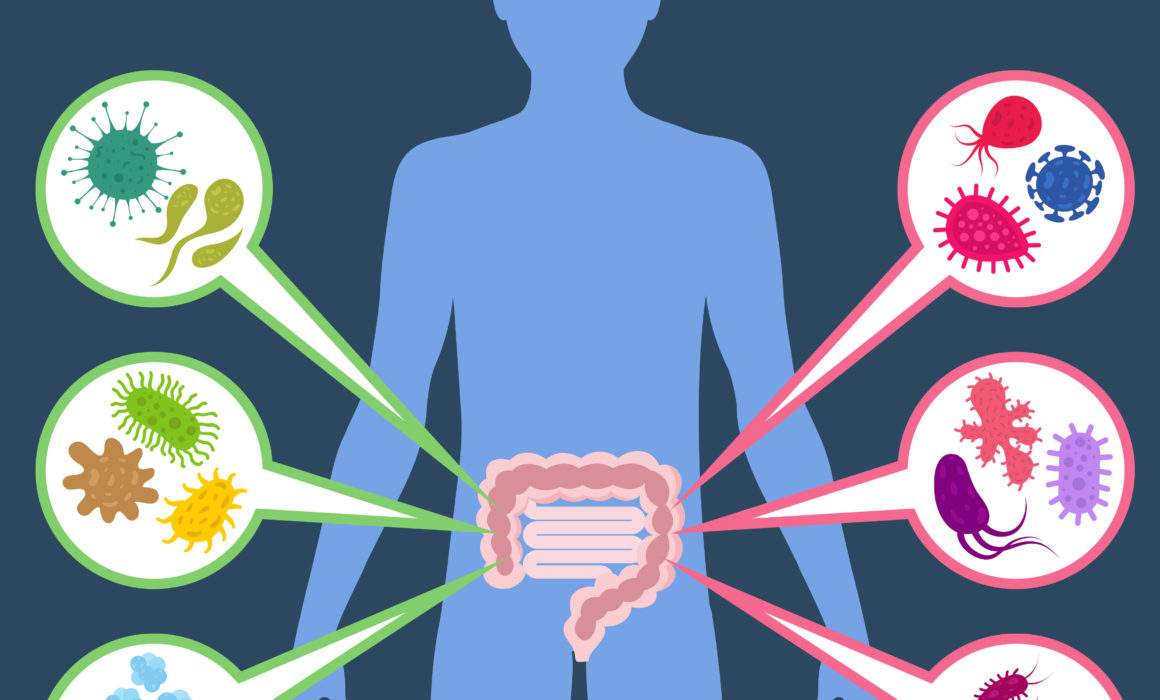Self Talk: The Real Motivator
A huge part of motivation is what we tell ourselves, or self talk. Having positive self talk is key to success when it comes to fitness goals. According to expert neurologist we average 70,000 thoughts a day. These thoughts include both conscious and unconscious. Conscious thoughts are dictated by our surroundings and environment, along with past experiences. Our views, outlook on life and perception of ourselves is determined by our different upbringings and life experiences. these experiences will dictate whether you have positive or negative self talk.
What is self talk?
Self-talk is the act of talking to yourself either outloud or mentally. The messages you tell yourself will encourage and motivate you, or they will limit you if they are negative. It’s important to recognize your inner voice so you can identify when you’re having positive or negative self talk.
Here is negative self talk that you want to avoid
- Mind reading: assuming we understand what other people are thinking without any real evidence.
- Overgeneralization: the habit of telling ourselves that a negative event is bound to continue happening in the future.
- Magnification: when we take our own errors or flaws and exaggerate them.
- Minimization: the mirror image of magnification, being dismissive of our strengths and positive qualities.
- Emotional reasoning: the habit of making decisions based on how we feel rather than what we value.
- Personalization: assuming excessive amounts of responsibility, especially for things that are mostly or entirely outside our control.
- Fortune Telling: the mental habit of predicting what will happen based on little or no real evidence.
- Should Statements: are a kind of self-talk we use to try and motivate ourselves by always telling ourselves what we should and should not do.
In order to combat negative self talk use these positive self talk strategies
- Have a purpose higher than yourself
- Cut negative people out of your life
- Be grateful
- Don’t compare yourself to others
- Use positivity with others
- Believe in your success
- Don’t fear failure
- Replace negative thoughts with positive one
- Positive affirmation
- Don’t dwell in the past
- Visualize your success
- Limit your intake of news and media
- Help others
- Be physically active
- Dream and set goals
When and how to be effective at self talk?
In order to be effective at self talk you must make it a habit. To start, Every morning think of something that you are a grateful for and give thanks. Then give yourself positive affirmation such as:
- I am determined and successful
- I am confident
- I am strong
- My life has meaning and purpose
- I am in control of my choices
- I am not afraid to fail because it will help me grow
How is self talk is critical to building confidence?
Do you feel shy in front of a big audience? Do you have little belief in your talents and skills? Positive self-talk can Positive self-talk can make you feel more confident in these situations Negative self-talk will hinder you from performing at your fullest by allowing doubt to come into your thoughts. With positive self-talk, you can put your doubts aside and focus on accomplishing your feat successfully. Confidence and success go hand in hand. Those who are successful at what they do, truly believe in themselves and their abilities. Confidence is so important to success that many psychologists believe that it is one of the primary prerequisites to personal and professional success. Be confident in everything you do by lifting yourself up with positive self talk.




